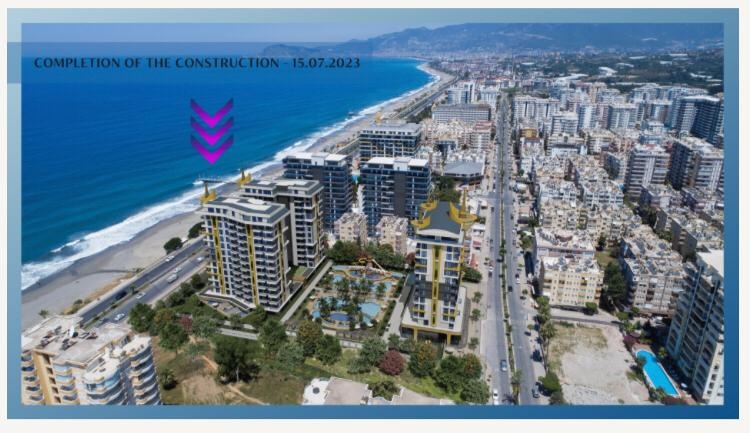
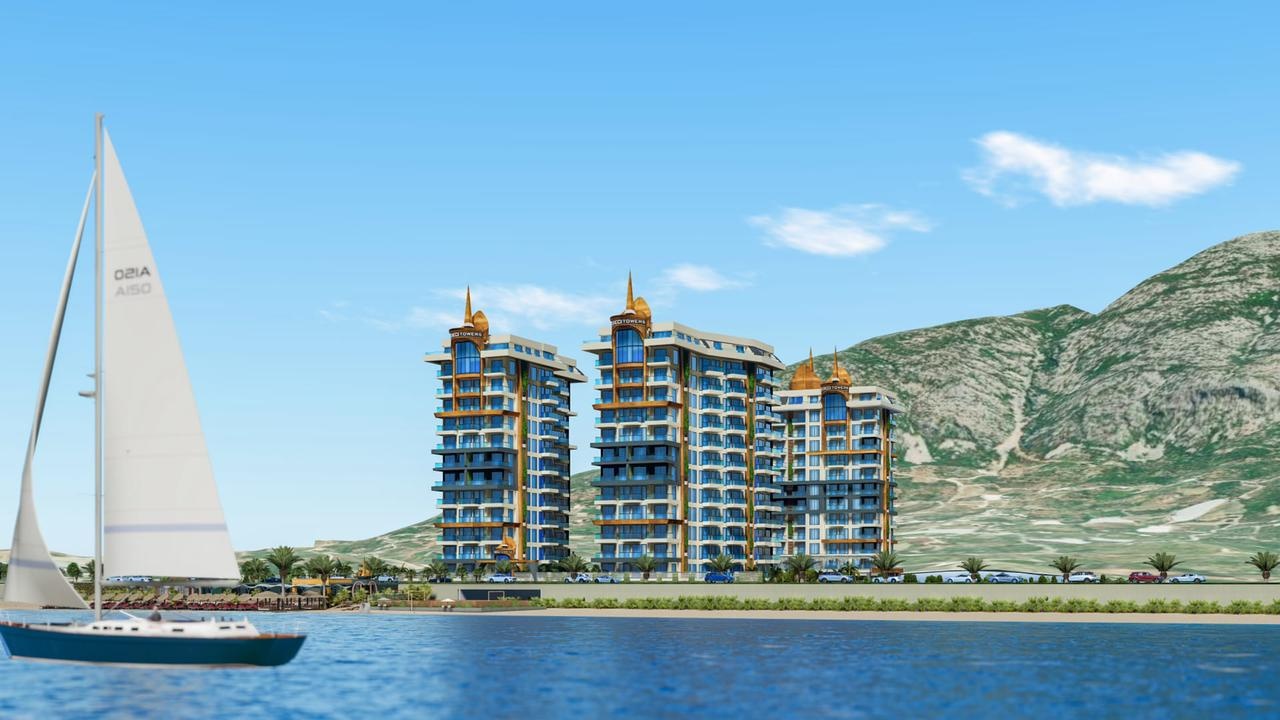
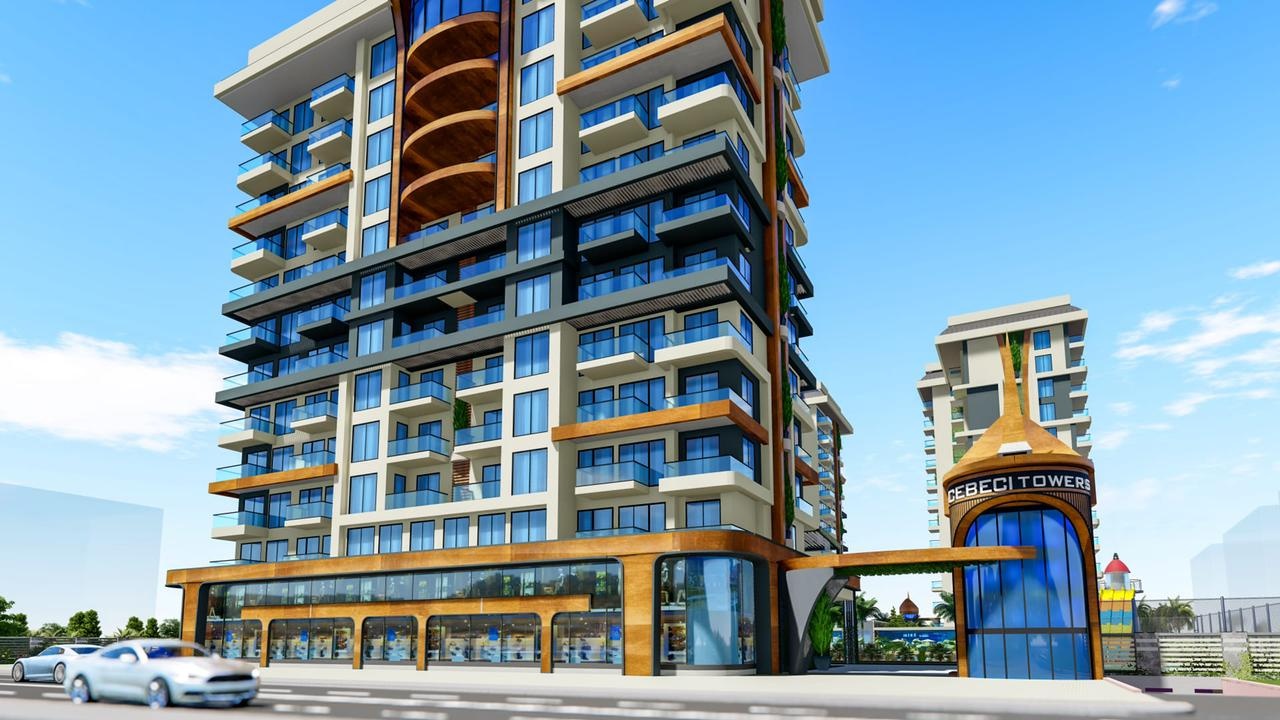
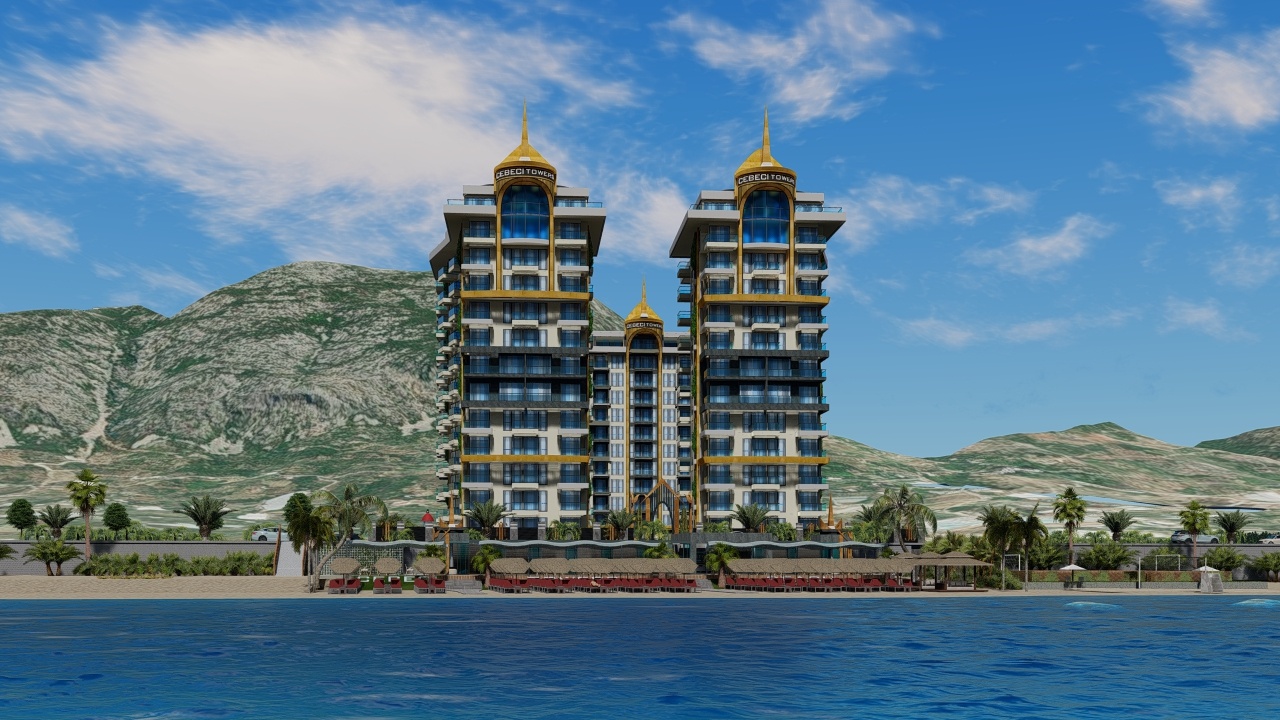
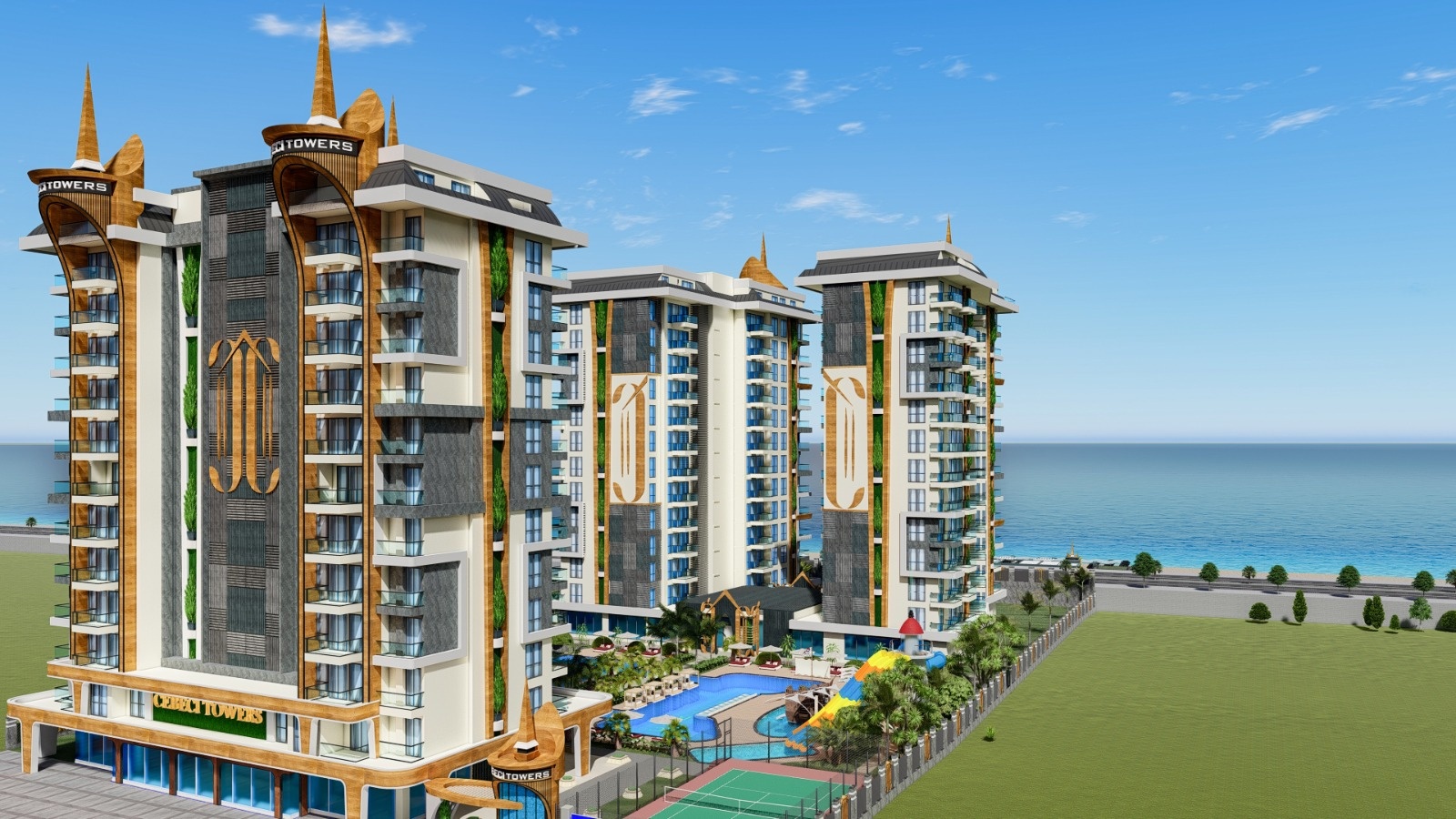
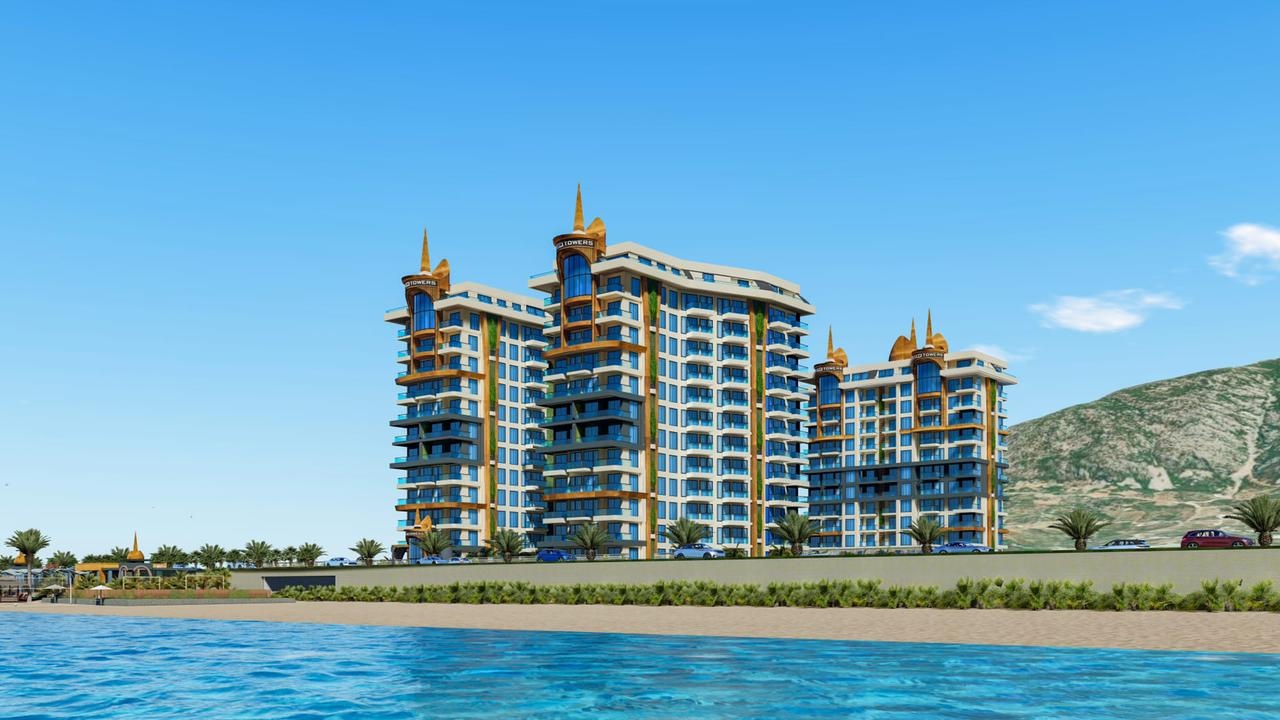
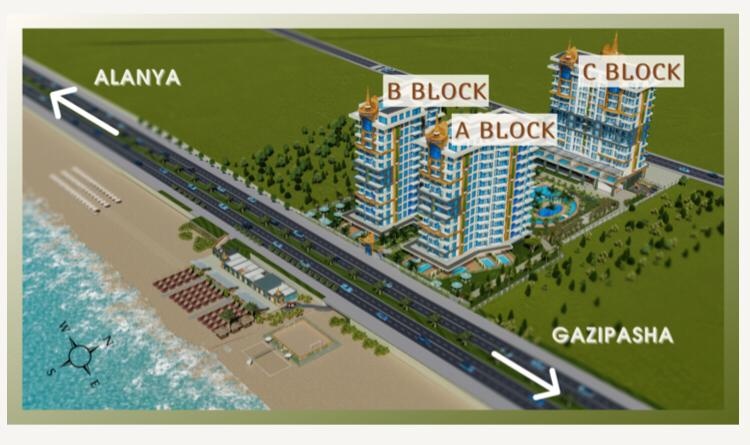
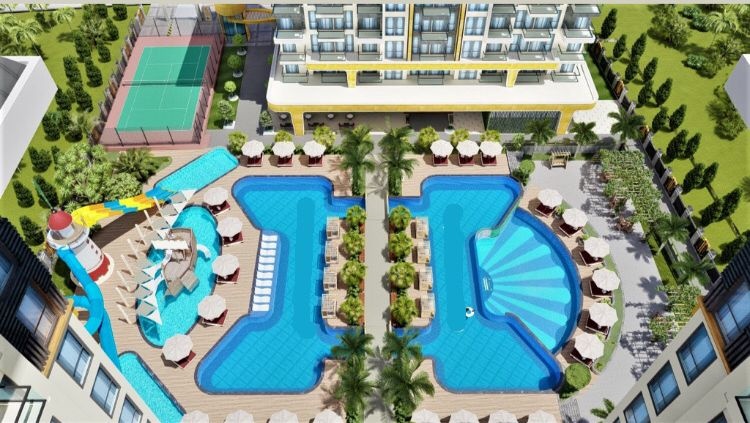
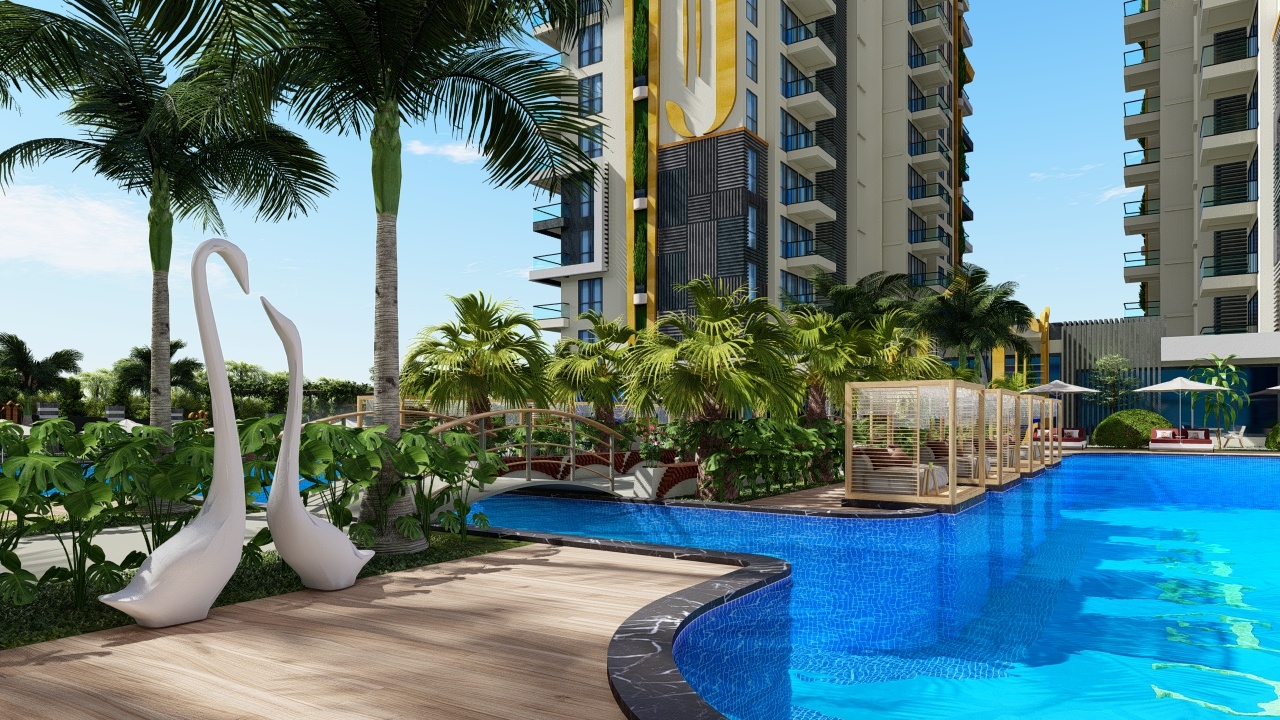
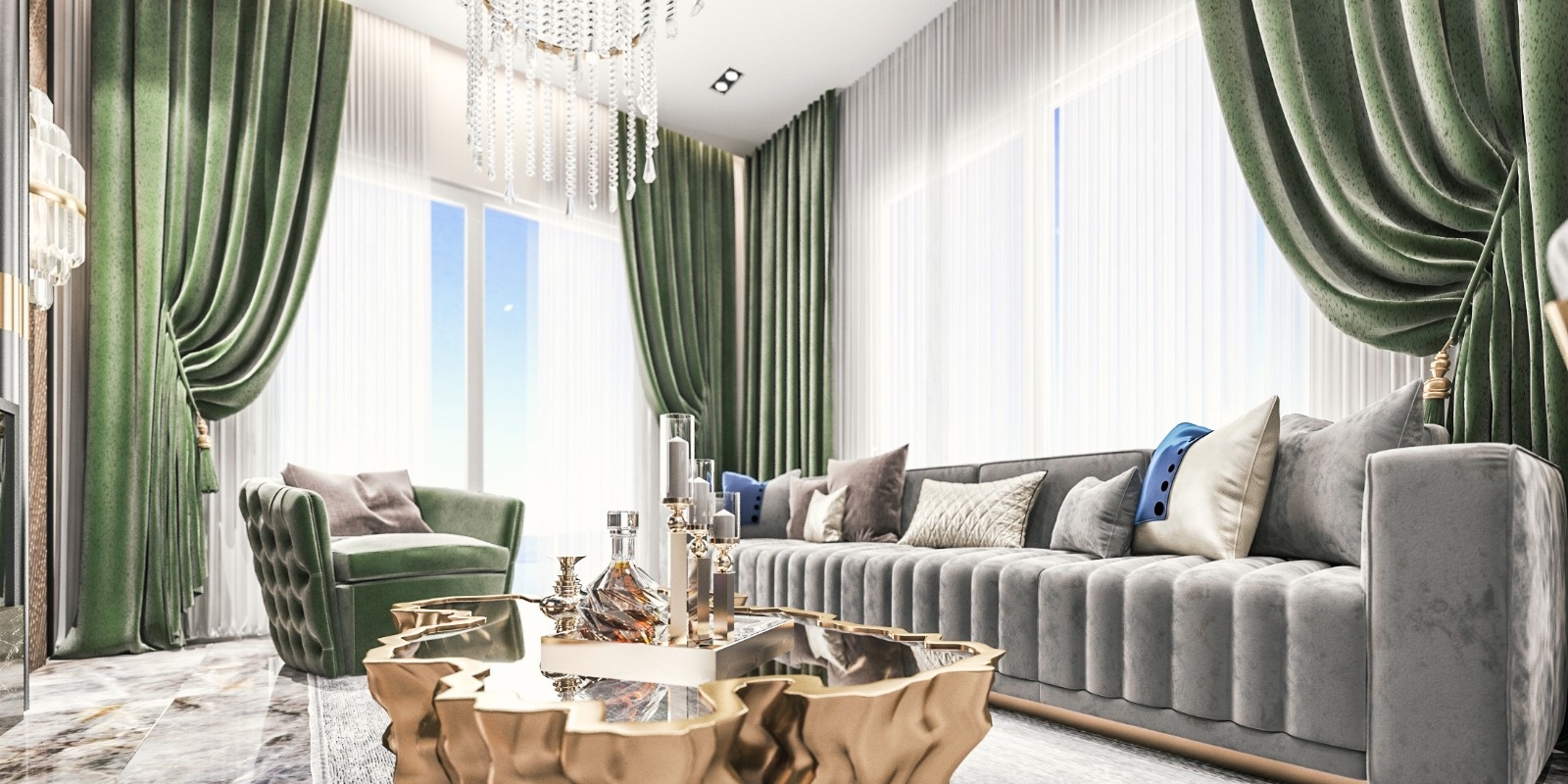
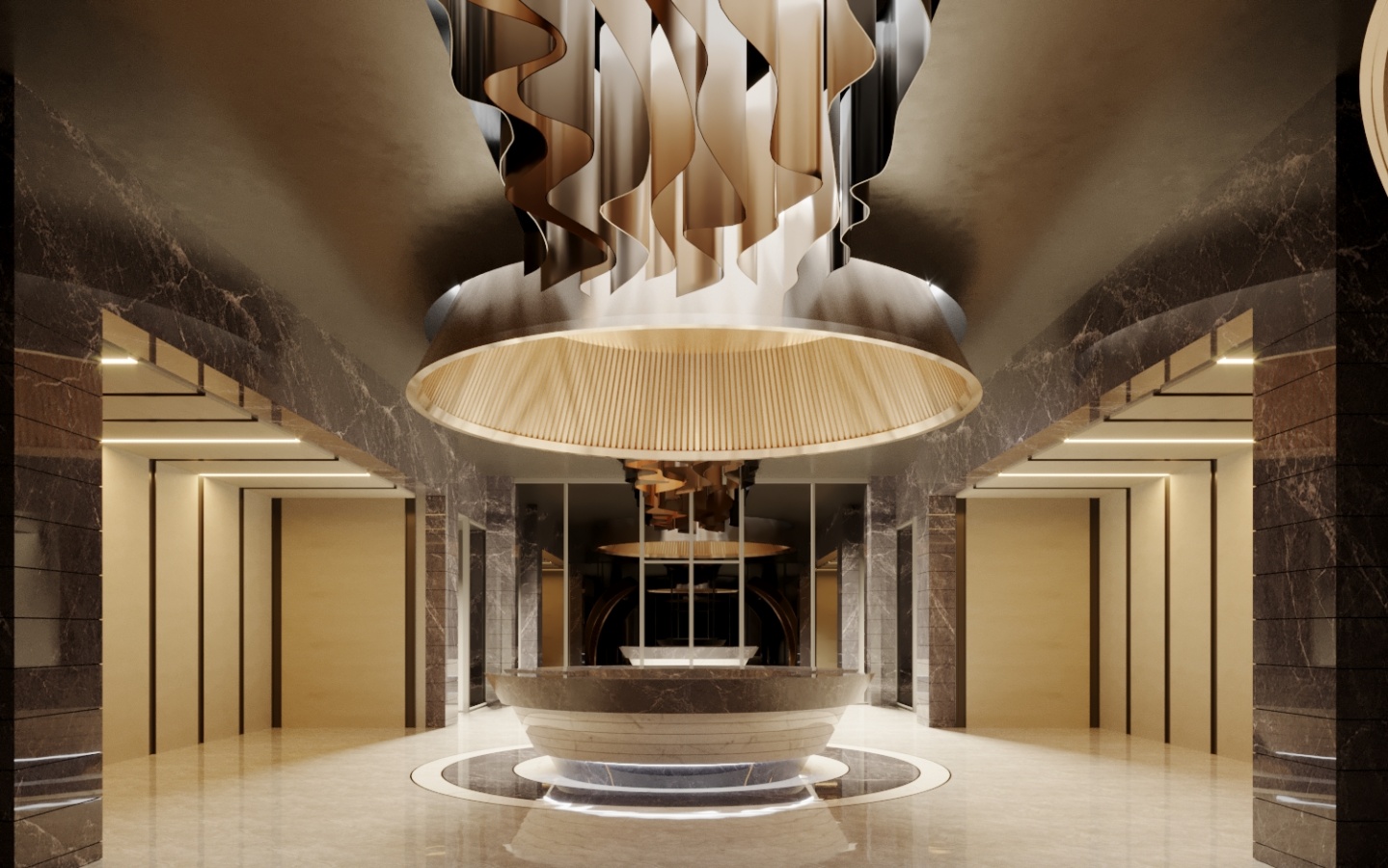
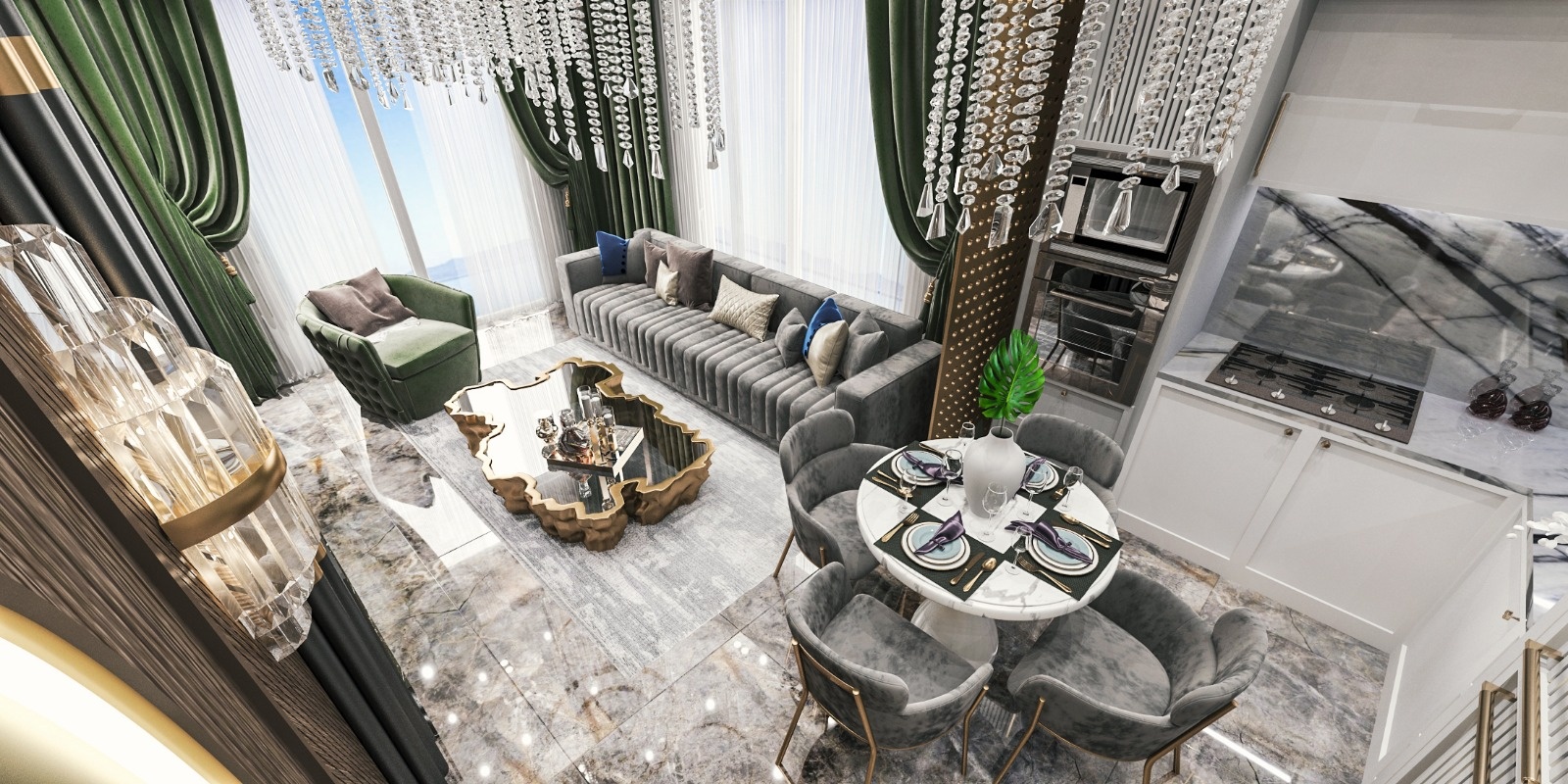

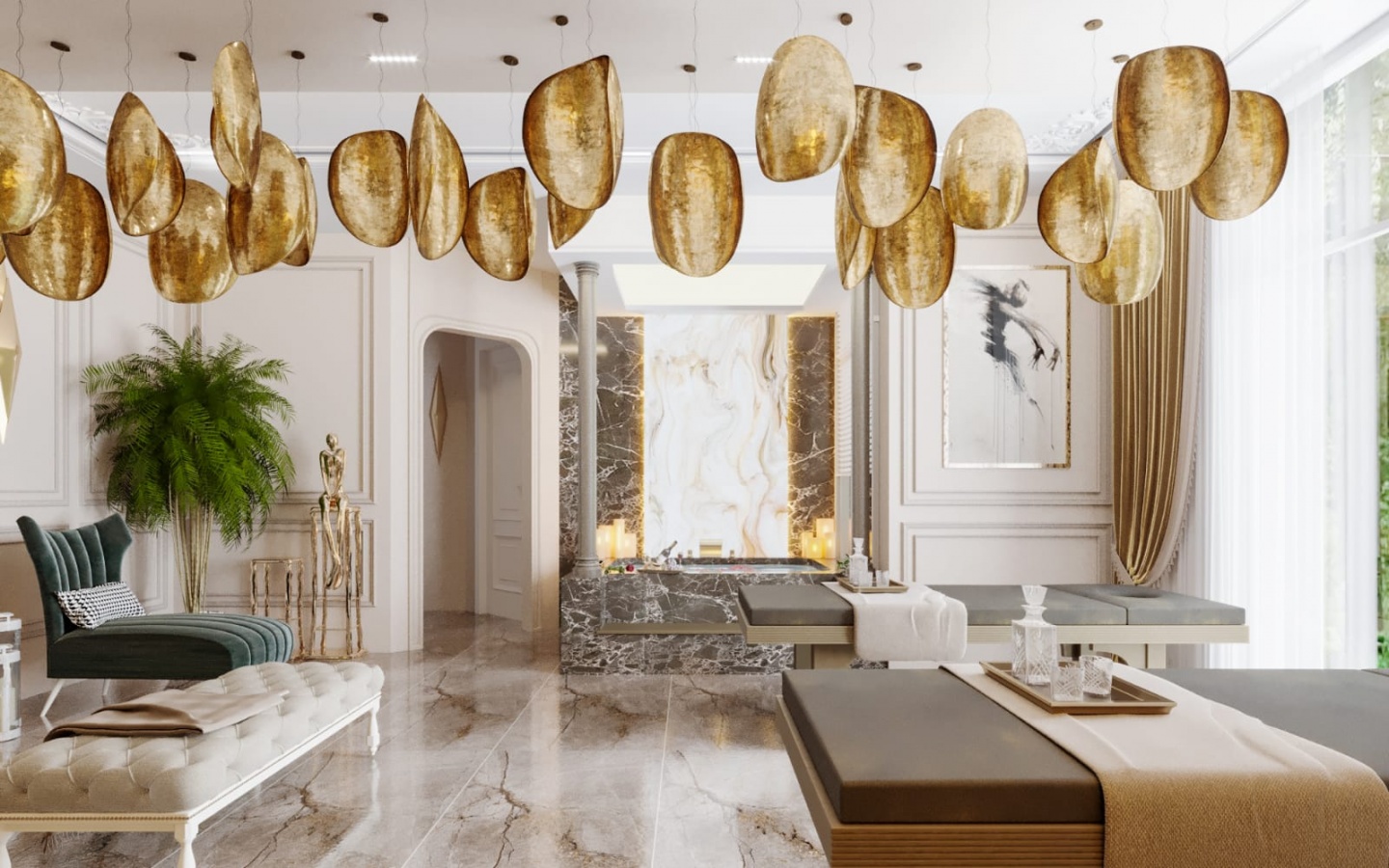
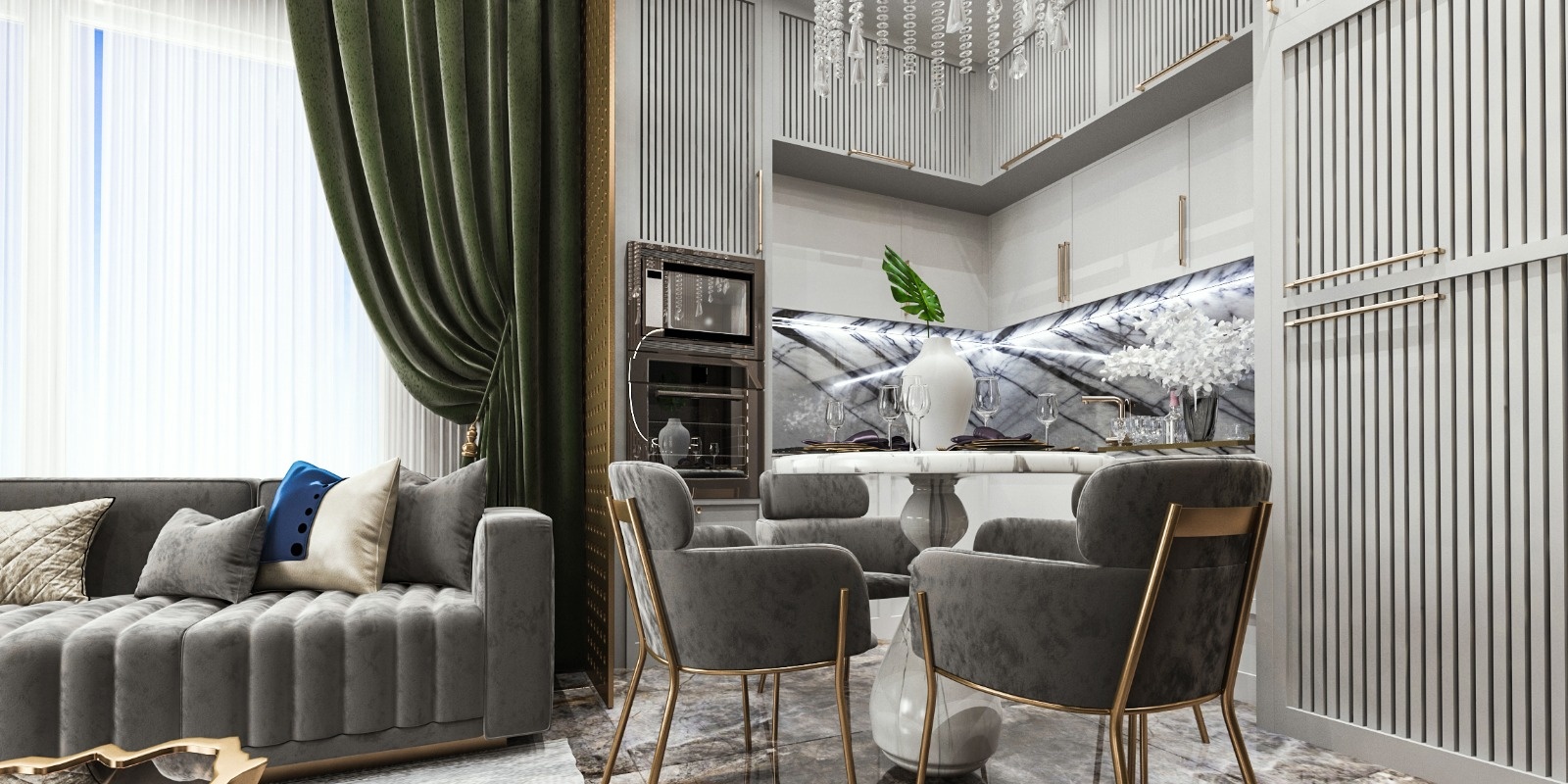
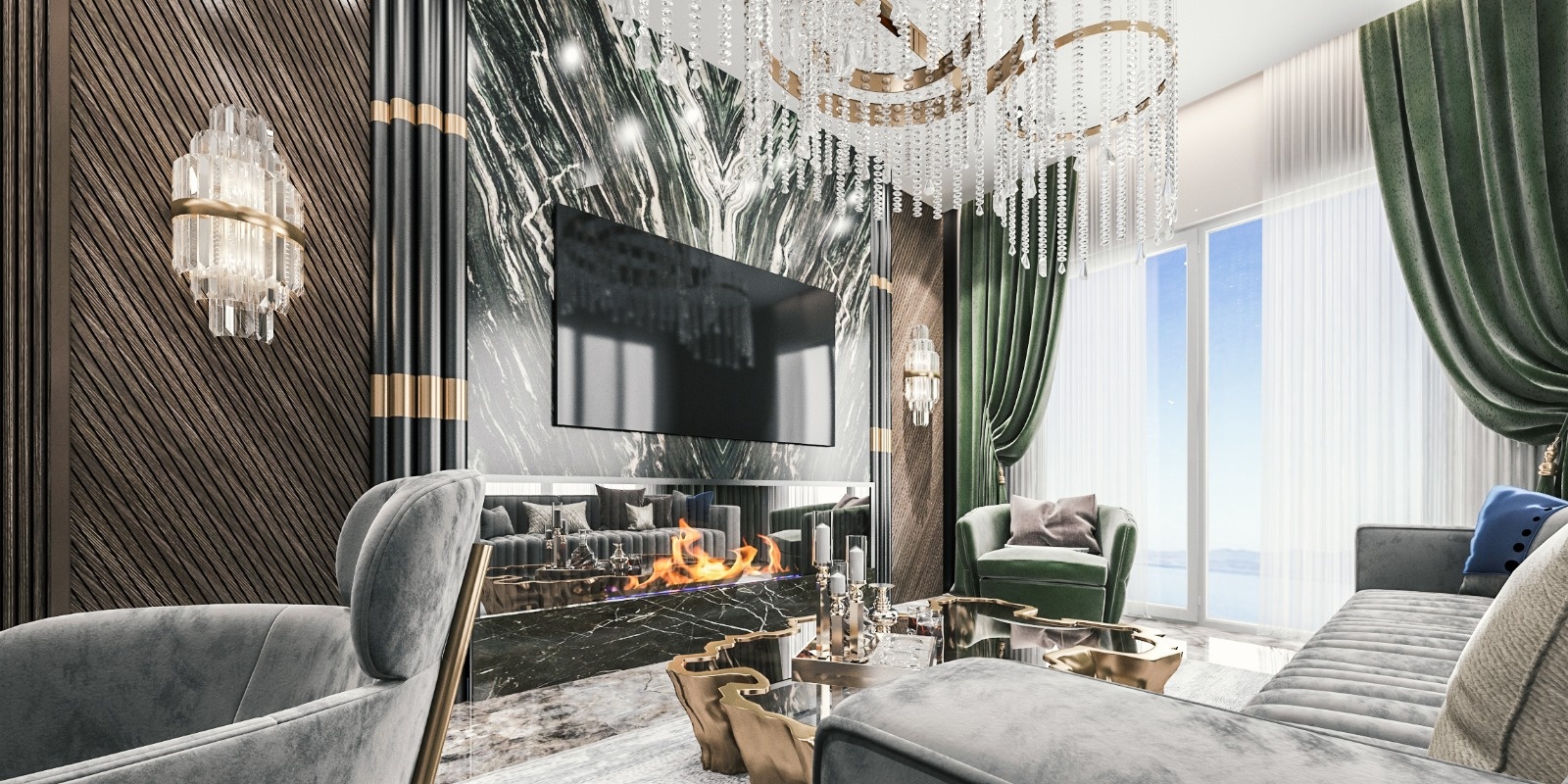




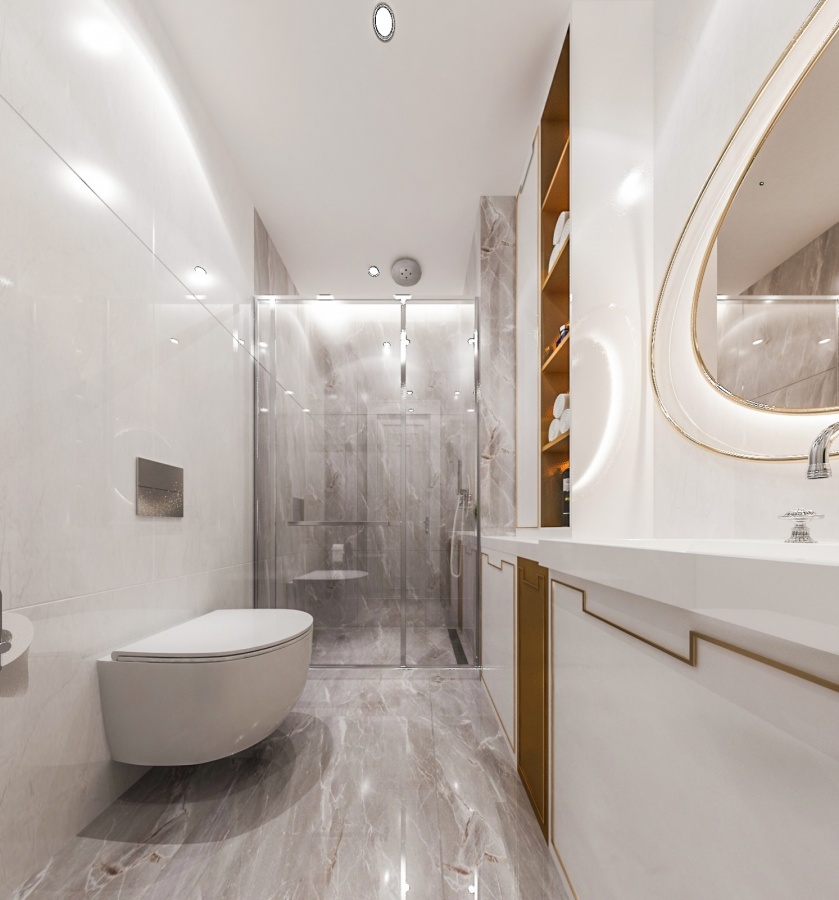
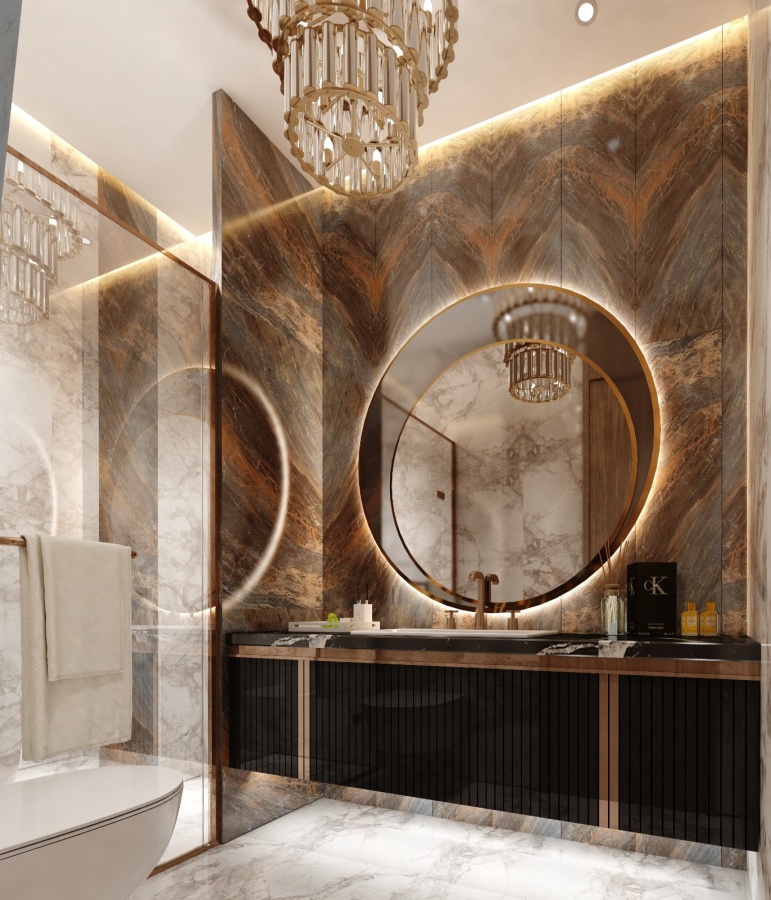
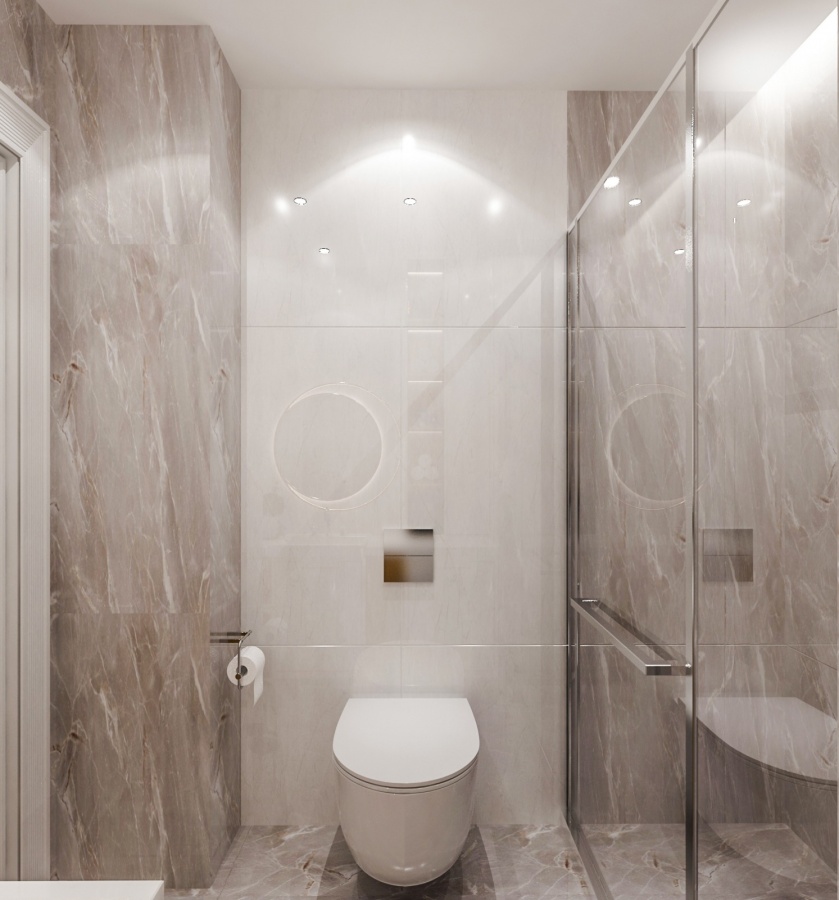
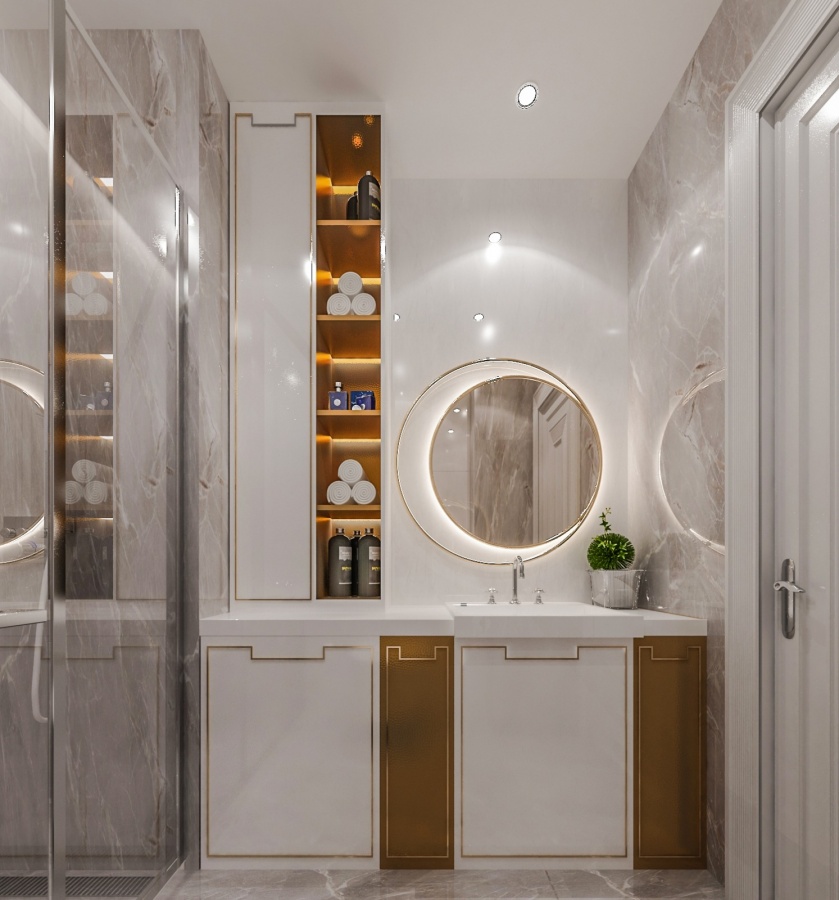
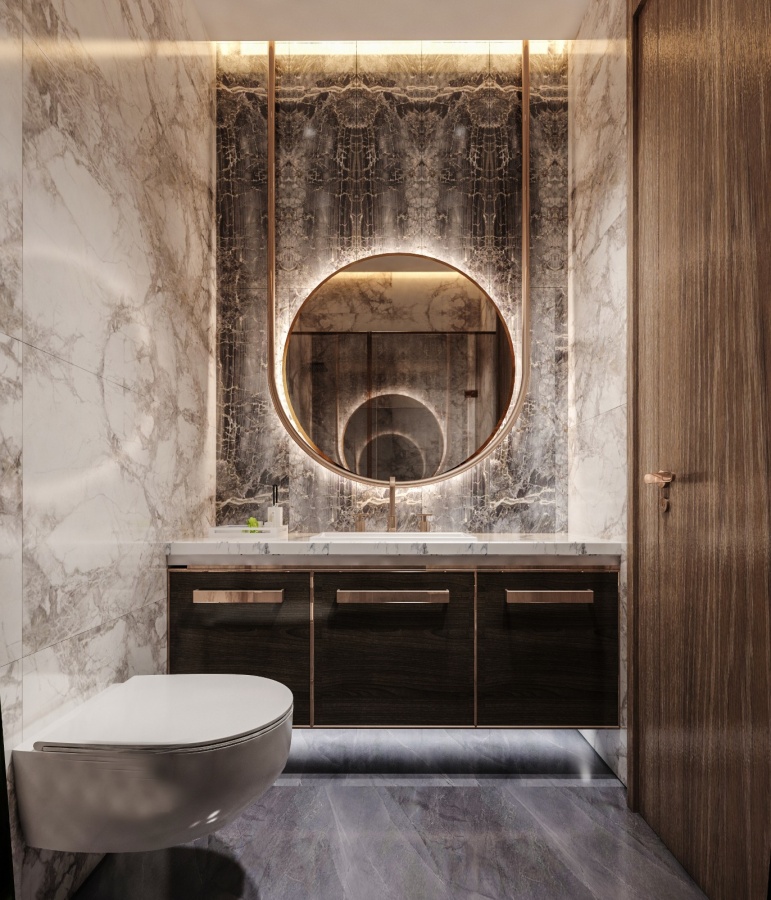
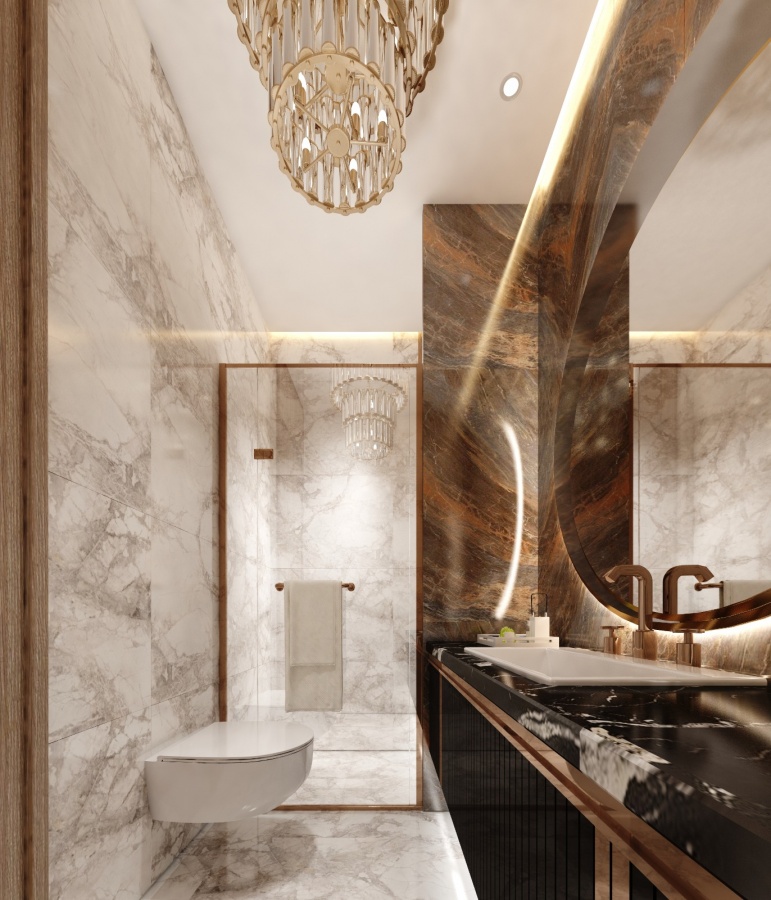
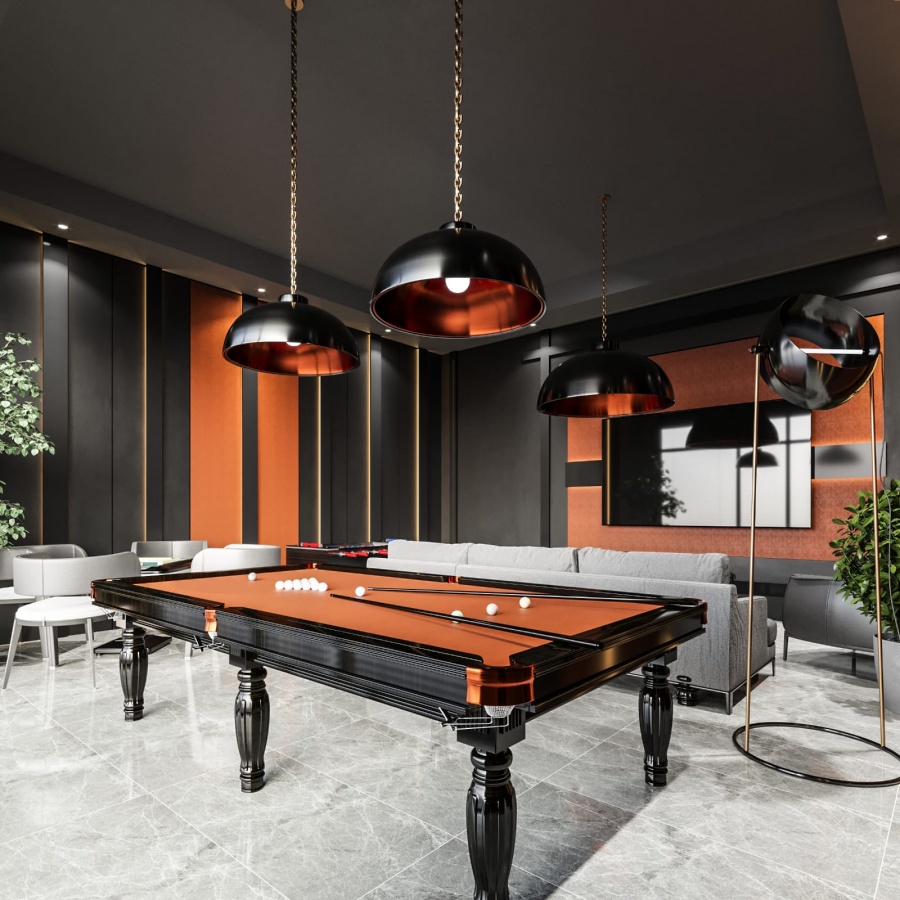
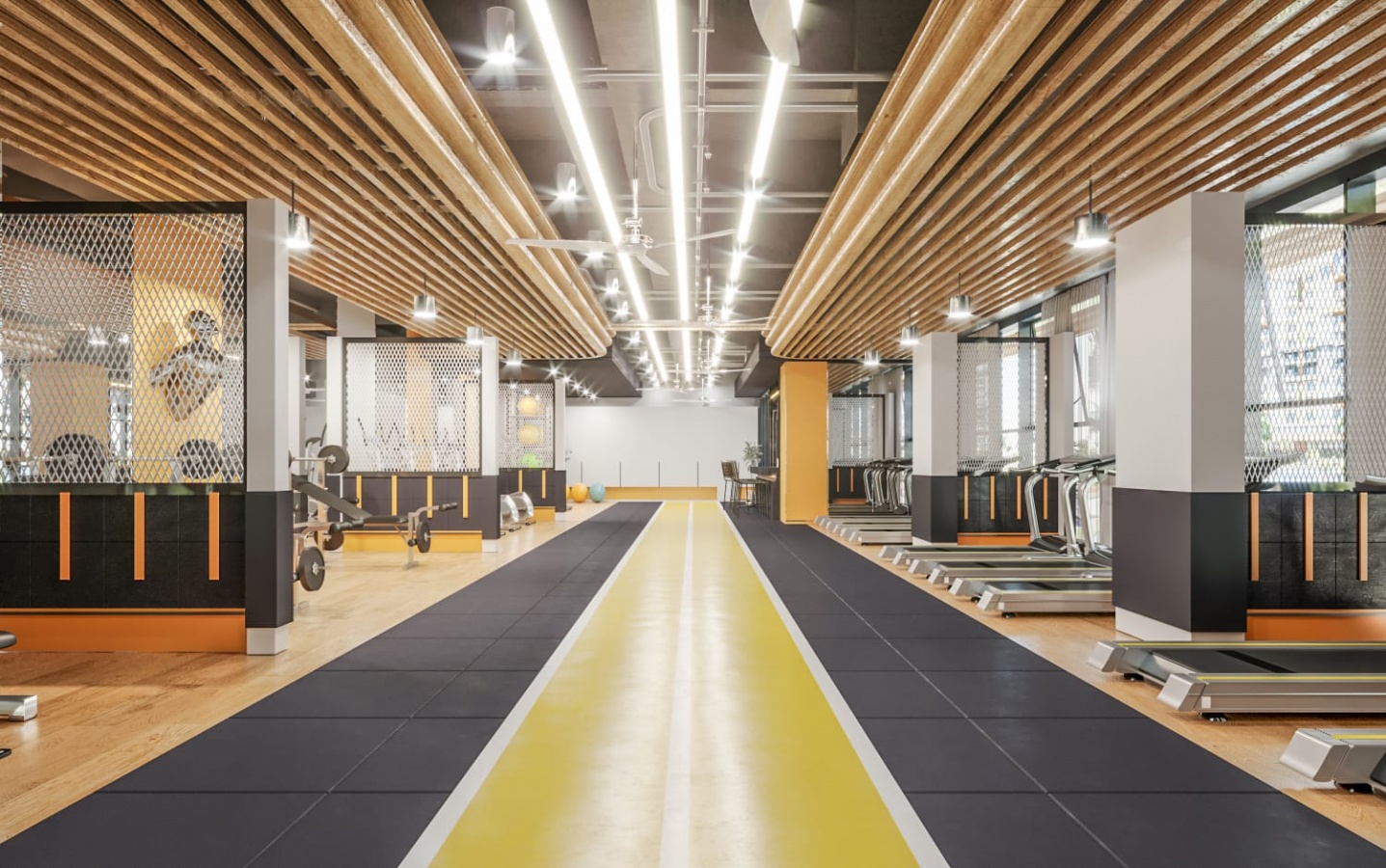
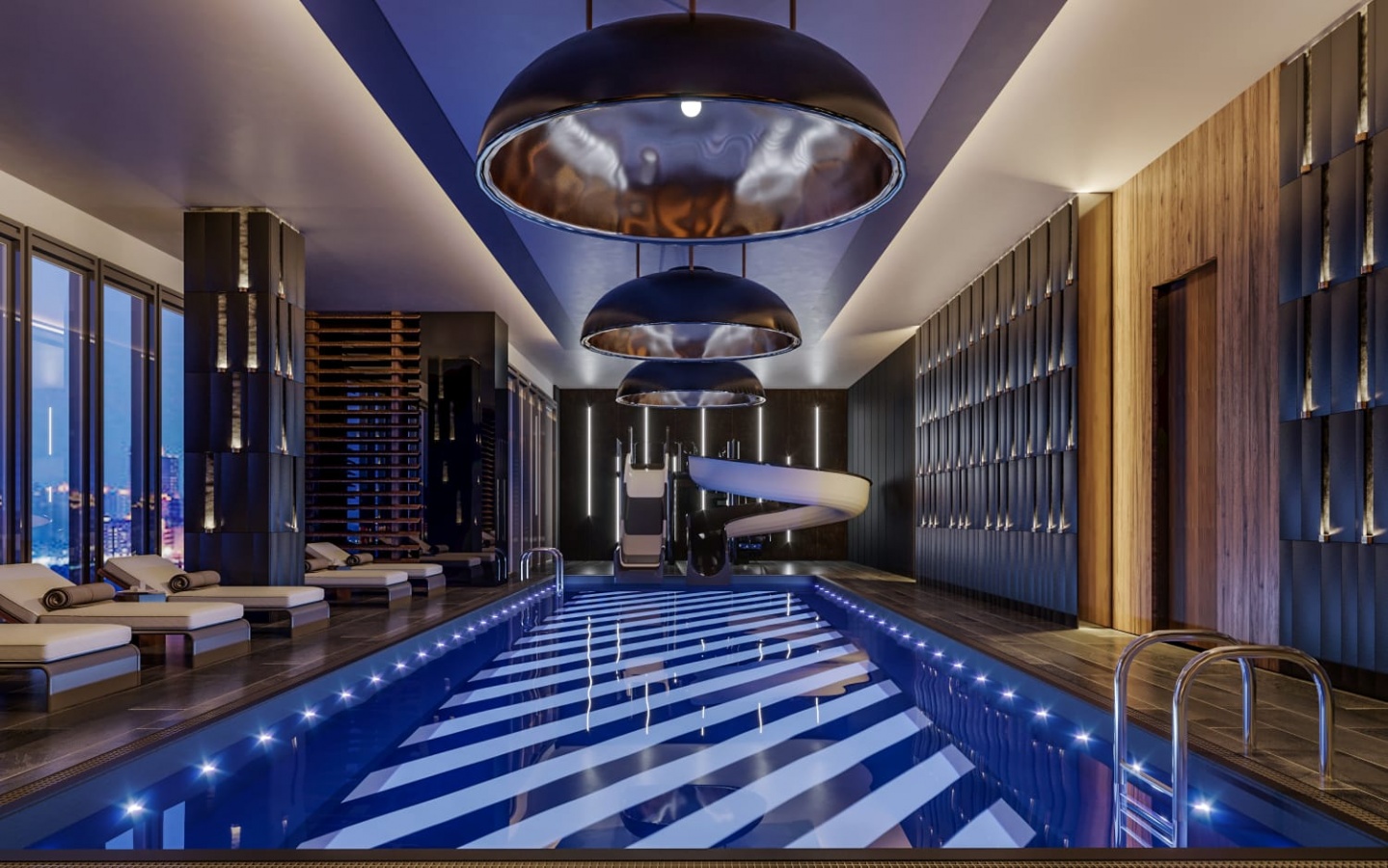
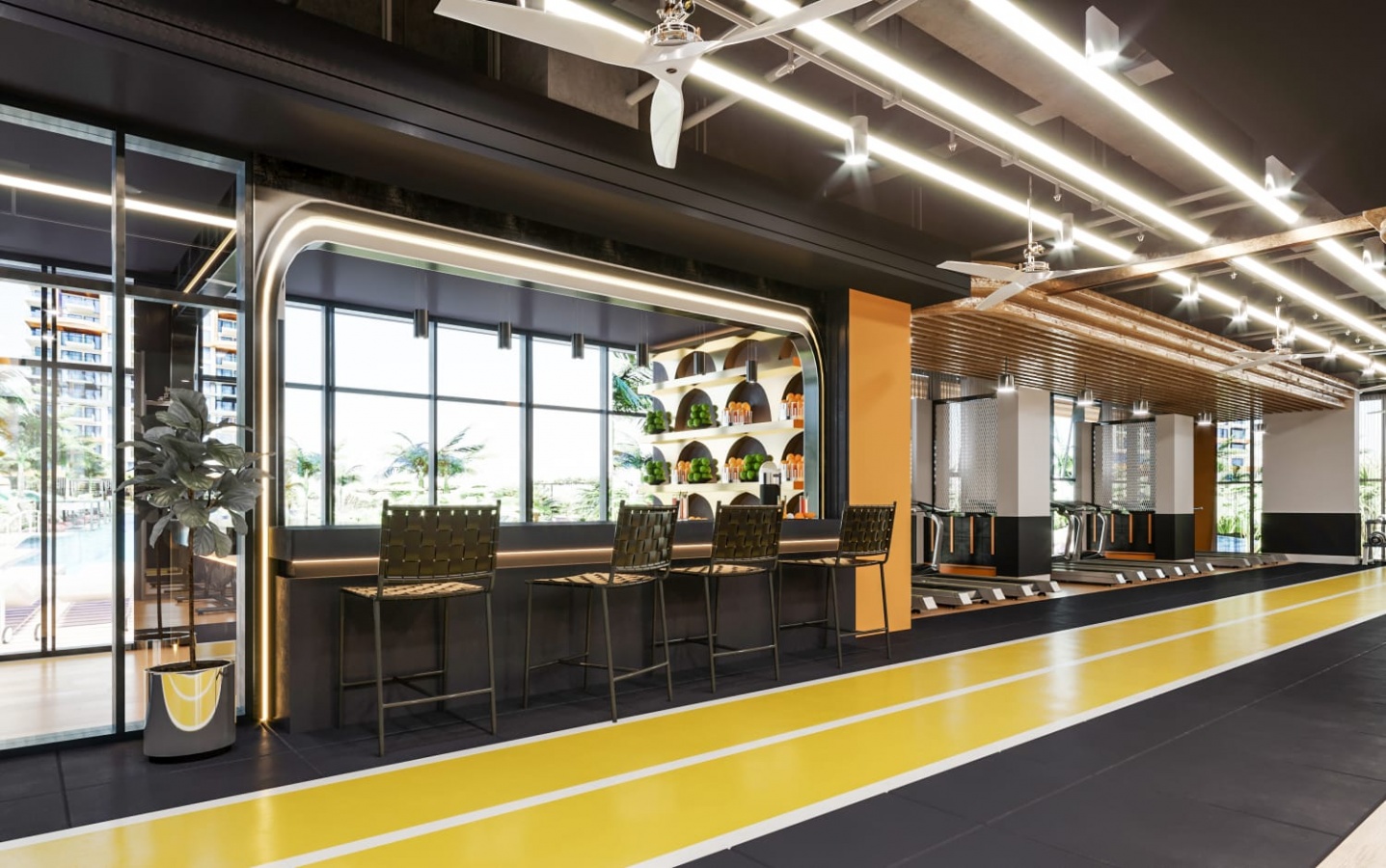

A luxurious sea front development of apatments with sea views and private beach in the Mahmutlar area of Alanya. Various configurations are available between 141,000 Euros for a 60 SQM 1+1 Apartment and 850,000 Euros for the luxury 270 SQM 4+1 penthouse suite.
Indoor Facilities:
Heated pool + Aquapark
Steam Room + Sauna + Hamam
Massage
VIP + Salt room
Fitness
Games Room Billiards + Table Tennis
Mini Cinema
Lounge Zone
Reception + Lobby
Security+ CCTV
Hotel Guest Rooms Available
Outdoor Facilities:
Outdoor Pool + Aquapark
Tennis, Squash + Basketball Courts
Playground
Gazebo + BBQ Area
Poolside VIP Area
Cafe + Bar
Car Parking
Golf Car Transport

Alanya Region Overview:
Alanya town is located on the southern coastline of Turkey approximately 130 kilometers (80 miles) to the east of Antalya, on a peninsula between the Mediterranean Sea to the south and the Taurus Mountains to the north. It’s one of many popular holiday destinations of Turkey today especially for Sun – Sea – Sand lovers. It has many blue flag beaches, luxury hotels and resorts along the coast on sandy beaches. Every year millions of tourists choose Alanya for their holidays. The Alanya Region hosts visitors from many different nations, Europeans, Scandinavia, America, Asia, Ukraine, Kazakhstan, Turkmenistan, etc. Many foreigners have bought (and continue to buy) property in and around Alanya for their holidays or for retirement due to the climate, quality of life, fresh food and the abundant of unspoiled nature. Alanya is served by Gazipasa Airport, 40km to the east and Antalya Airport, 130km to the west.
Major Attractions:
Alanya is one of the best-preserved Seljuk cities of modern times. It has many ancient sites, monuments, and caves, as well as natural beauties.
Alanya Fortress:
The fortress is built on a hilltop and surrounded by a 6,5 kilometers (4 miles) long wall, equipped with 140 towers and about 400 cisterns. In the highest section, which is the western part of the hill, the fortress is 250 meters (820 feet) above sea level. Eastern section of its wall is going down the hill all the way to the sea, until it reaches the Red Tower. The castle as we see it today was built in the 13th century by the Seljuk sultan Alaeddin Keykubad, but its foundations date back to the Hellenistic period. There were arched main gates with inscriptions on them and some smaller auxiliary gates, but many of them are damaged today. There are several old buildings inside the castle, such as brick cisterns, baths, and Byzantine churches. There is also a settlement inside. The road to the castle is open to traffic but very narrow, alternatively you can also walk to the top in about 1 hour. There are restaurants and cafeterias on the road along the seaside.
Kızıl Kule (Red Tower):
The tower is one of the most prominent Seljuk monuments in Alanya. Located at the harbor, this 33 meters (108 feet) tall tower was built in the 13th century for the surveillance of the seaport and the dockyard. It became the symbol of Alanya today with its octagonal shape. There is a cistern in the middle of the tower, which you can visit by cable car and you can reach to the top via large stone steps. Its name comes from the red bricks used in the construction of its top, meanwhile the lower part was built with local stone. There are five floors in the tower, where the lowest floor is used for exhibitions.
Tersane (Shipyard):
Another fine example of the Seljuk period, the shipyard was again built by the Seljuk ruler Alaaddin Keykubat in the 13th century and located in the south of the Red Tower. The structure, measuring 56 x 44 meters (183 x 144 feet), has five arched and inter-connected galleries by the sea where large warships of the time were built. The shipyard also contains offices and a small mosque located on the left of the entrance. You can reach there with small boats from the sea, the entrance is free of charge.
Today, the building is illuminated at night. There’s also a gun house next to the shipyard standing on a rock, where cannons forbattleships were made.
Damlataş Cave:
The cave was discovered by accident in 1948 during the works for the construction of Alanya Harbour, and soon this natural beauty became one of the most popular attractions in the area because it’s believed that the air in the cave is beneficial to asthmatics. Thousands of years old stalagmites and stalactites attract many visitors to the cave. The cave has a constant temperature of 22 degrees Celsius (around 72 Fahrenheit) and more than 90% of humidity. Damlatas Cave is about 30 meters (100 feet) deep and about 15 meters (50 feet) high. Other caves near Alanya are; Dim cave, Hasbahce cave, and Sea caves.
Other important sites of interest in and around Alanya are: Alara Fortress (37km – 23mi west of Alanya), Alara Han (Alara Inn), Sarapsa (or Serapsu) Inn, Kargi Inn, Hasbahçe Cottage, Süleymaniye Mosque, Bedesten bazaar, Andizli Mosque, Ehdemek (or middle castle), Hidirellez Church, Tomb of Sitti Zeynep, Syedra ancient city, and Alanya archaeological and ethnographic museum.
History:
Historically, Alanya stood between Cilicia and Pamphylia regions in the south. The first foundations are not quite known but during the excavations in several caves nearby, it’s discovered that the area was inhabited since the Paleolithic ages. Around the 4th century BC, the city was known as Coracesium. The Seleucids tried to capture it but failed. Later on, it became the center of piracy in the Mediterranean especially during the reign of the rebel Diodotus Tryphon. Roman general Pompey the Great captured the city in 65 BC, putting an end to the pirates’ rule. During the Roman period, the city prospered and minted its own coins in the 2nd century AD, which was a sign of richness and prosperity at that time.
After the collapse of the Roman Empire, the Byzantines ruled the city. They called it as Kalonorosa, meaning “beautiful mountain”. There aren’t many details from the Byzantine period but it must have been a Christian city like the rest of Cilicia and Pamphylia. During the Medieval ages the city was known with different names; Candelor, Scandelore or Galenorum, named by the Genovese, Venetians, and the Cypriots. Around the 11th and 12th centuries the city changed hands between the Seljuk Turks, Byzantine ruler Alexios I Komnenos, First Crusade, and the Armenian ruler Kyr Vard. Finally, it was captured in 1221 by the Seljuk Sultan Alaeddin Keykubad I who gave his name to the city and called it as Alaiye. During this time, the town lived its hay-days again. Major construction and repair projects were carried out by the sultans, making the city an important trade port for western Mediterranean. After the fall of Seljuks, the city was captured by Karamanlids and other Anatolian principalities, as well as by Lusignan kings from Cyprus and Egypt. During the Ottoman rule after the 15th century, the city lost its importance. It’s said that Atatürk called the town as Alanya instead of Alaiye in 1933, so that became the modern name of the city. Alanya is made up of 9 principle regions which have their unique natural beauty and attractions: Avsallar, Alanya, Tosmur, Oba,Kestel, Mahmutlar, Kargicak, Demirtas and Gazipasa which has its own Airport.